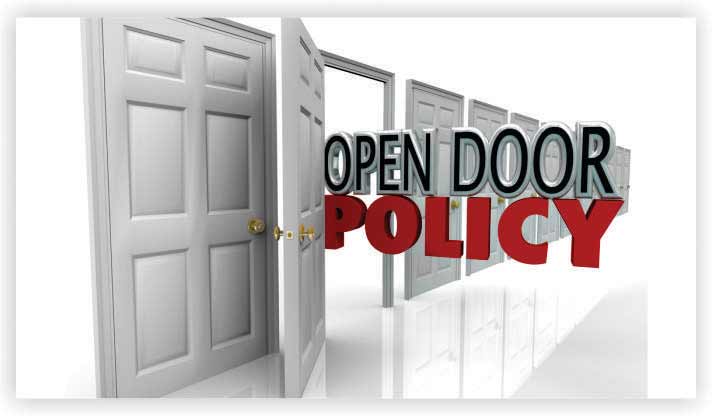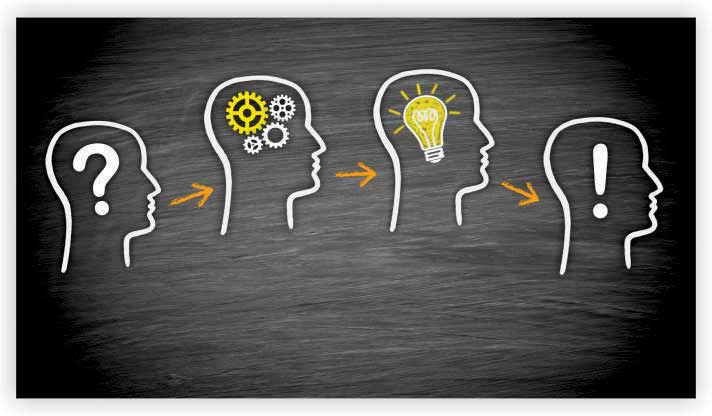The change in leadership style has been one of the most visible trends in business over the years. While leadership has not changed, our perspective of it has. In the past few decades, autocratic rule was the norm.
The concept of remote work was nebulous, and managers made important decisions with little to no input from their teams. But throughout time, as modern thought patterns took the place of the traditional ones, leadership has evolved to emphasise collaboration and people.
In other words, democratic leadership has triumphed over all others. Today’s leaders are aware that grand ideas can strike at any time from anyone. Therefore, it is important to encourage everyone to share their ideas and opinions.
After all, everyone’s priority is on fulfilling the goals of the company and working together to resolve issues. In the business world, Google and Coca Cola have set many benchmarks in democratic leadership.
But how does democratic leadership have become a norm for modern businesses? To understand this, we will go through some of the finest democratic leadership examples in the following article.
But first, what is democratic leadership?
Democratic leadership focuses on reaching consensus while allowing team members to take part in decision-making. Everyone’s perspectives are welcomed in the lively environment, which produces effective solutions. The democratic leader, however, retains ultimate decision-making authority.
It is one of the most well-liked, entertaining, and successful leadership philosophies, and emotional intelligence plays a significant role in it. It promotes innovation, creativity, and teamwork to provide sound solutions for critical problems. Additionally, it encourages increased employee engagement, which finally results in high accountability.
7 Best Democratic Leadership Examples to Know
1. Inclusive Meetings

A weekly meeting provides the best illustrations of the democratic ideology. The meeting’s facilitator will be acting democratically if they actively seek out the team’s thoughts and opinions and encourage them to voice them. The amount of talking by the leader is another clue. It determines not only their thinking but also how they employ tone. It indicates that they esteem their personnel and consider them valuable team members if they speak in a professional and polite manner.
2. Collaboration in the Workplace

New ideas will thrive in workplaces that encourage collaboration. This suggests that the organization’s leaders worked hard to create a setting that encourages involvement and creativity. Google is a good example. Google places a lot of emphasis on fostering a collaborative, intellectually interesting environment. In fact, its measures to foster individual creativity have resulted in the creation of an Innovation Review Committee (a forum for teams to voice their thoughts and ensure that decision-makers are aware of them).
3. Being in the company of those who “disagree”

As odd as it may sound, a democratic leader enjoys having their opinions challenged. Such leaders surround themselves with knowledgeable and experienced professionals. Their cheerful, upbeat demeanour contributes to the atmosphere’s empowerment and motivation. Executives and staff members do not feel constrained by a fear of making the wrong choice or failing when making choices or taking risks.
4. Distributing and Allocating Power

Unlike autocratic leaders, democratic leaders aim to empower the people around them so that power isn’t all concentrated in the leader. Unlike those companies where the chieftain takes all the decisions, a democratic leader finds wisdom in seeking the advice of others. By consulting a team of experienced professionals, the leader can have greater confidence in those decisions. Goals can be more realistic and action plans more feasible. Simply said, it is much wiser to gradually “let go” of control and rely on the expertise of others.
5. An Open Door Policy

An open-door policy at a company means that everyone has access to the top levels. Everyone is welcome to approach and voice their thoughts, suggestions, or even complaints. This method is a prime illustration of democratic leadership. The entire organization benefits greatly when even entry-level employees can inspire their superiors. The employees get the impression that their ideas matter and are respected because of this. A streamlined communication channel also allows the leaders to learn a great deal about how the business runs.
6. Adopting A Process Improvement Mindset

Process improvement is crucial to overall quality management. It highlights the fact that every process inside an organisation has inputs, processing, and outputs. Every stage in a process will, in principle, involve identifying it, examining it, and making changes that will result in a better process in the end. The improvement need not be significant. For long-term, even little tweaks can result in large gains. However, process improvement needs the input of all parties engaged at all levels in order to be successful.
7. Taking the Experts’ Advice

Democratic leaders welcome advice from experts and rely on it when making decisions. You could often be in control of a team of specialists. They can outperform their team leader since they are subject-matter experts. Therefore, it’s crucial to provide them the freedom to come up with ideas and solve problems on their own. Using an all-inclusive approach will probably result in better outcomes in these circumstances.
TAKEAWAY
Hope you get to know about some of the best democratic leadership examples. Democratic leadership is primarily a people-centric strategy. Despite the fact that every company has a unique business plan, they nonetheless have a common leadership ethos. Being a democratic leader entails valuing your employees’ opinions. It implies asking for their input on both significant and little matters. It entails admitting that those at the top of the organisational structure do not possess all the solutions. Recall our opening statement: “Great ideas can come from any level.” With being said, we sincerely hope you find this blog to be informative and worthwhile to read.
Read More
- 10 Best Leadership Podcasts you Should Follow
- 5 Levels of Leadership: To Maximize Your Influence on People
- What is Charismatic Leadership? Definition, Characteristics & Benefits
- How to Develop Leadership Skills? 10 Best Ways to Follow
- 20 Best Leadership Books to Read

Business Talk is a digital business magazine that caters to CEOs, Entrepreneurs, VC, and Corporates. While working with entrepreneurs and business executives, we focus not only on their achievements. Our mission is to shed light on business entities, including their innovations, technological benchmarks, USPs, and milestones/accolades.













